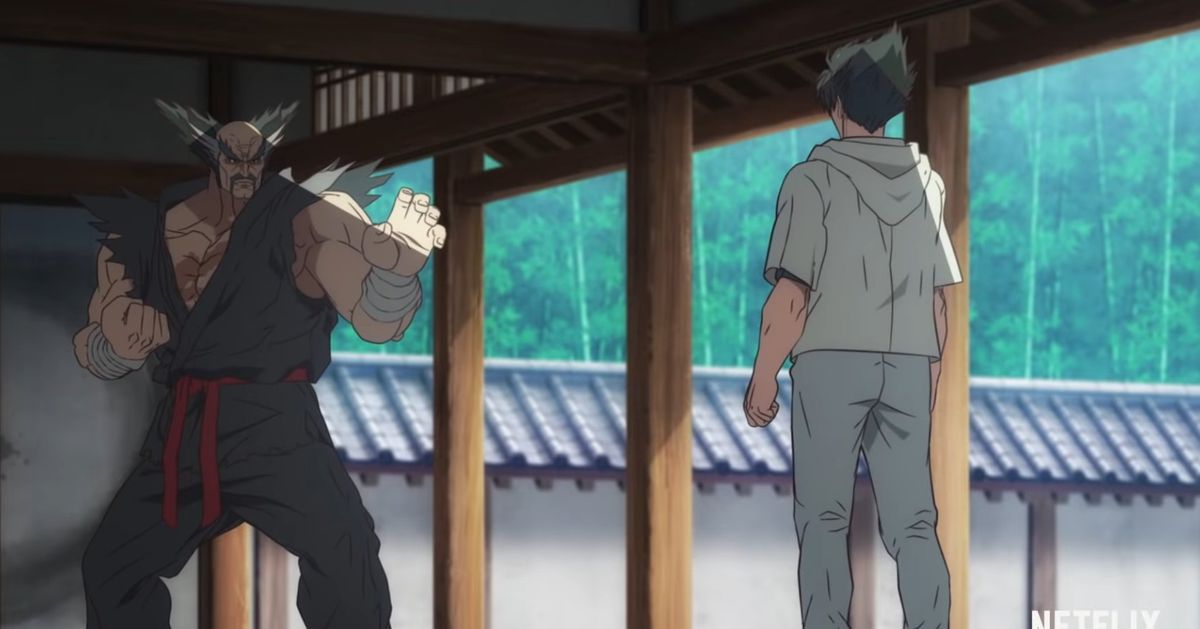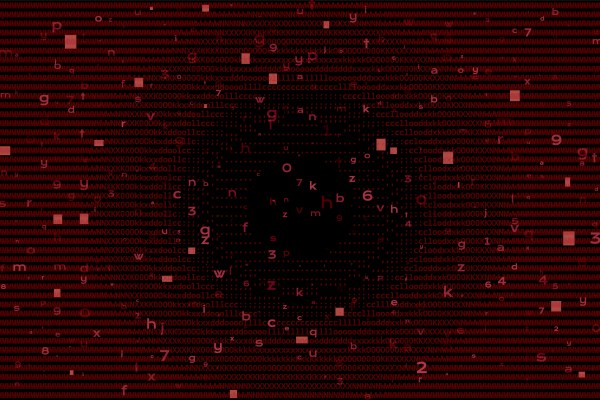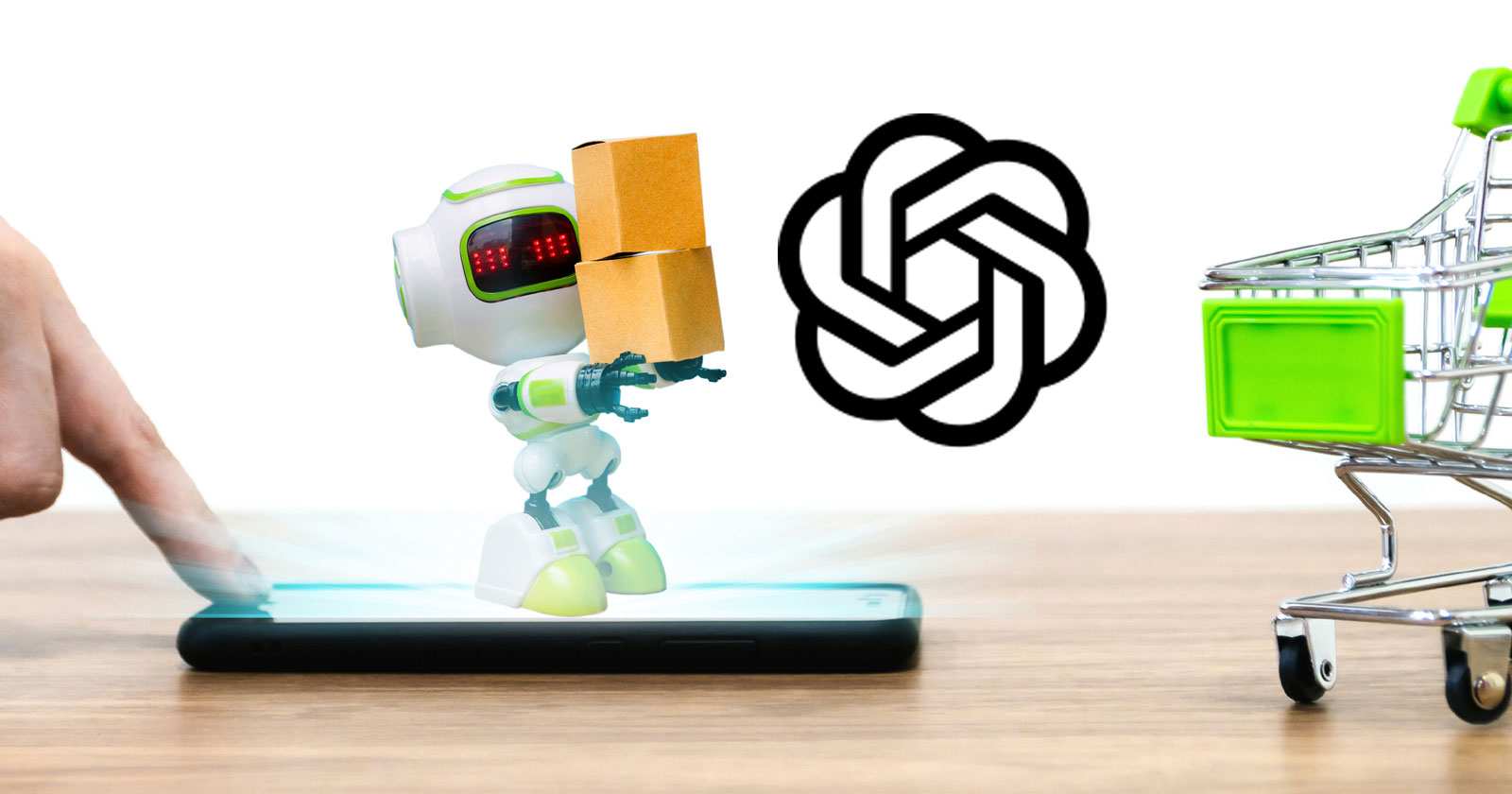The Game Boy’s Pokémon Trading Card Game is still unrivaled 25 years later
Image: Hugo Herrera / The VergeThe Pokémon tabletop card game has radically evolved since its debut, but Nintendo’s Game Boy adaptation is still a phenomenal crash course in learning how to play. Continue reading…
/cdn.vox-cdn.com/uploads/chorus_asset/file/24516422/H_Herrera_Pokemon_game_card.jpg)
The Pokémon Trading Card Game for the Nintendo Game Boy Color wasn’t designed to evolve with the tabletop game it was based on — let alone the rest of the sprawling multimedia franchise it’s a part of. For those who weren’t there when it first dropped almost 25 years ago, the Pokémon Trading Card Game might not look like much today compared to some of the titles Nintendo Switch owners can download. But even now, after all these years, the Pokémon Trading Card Game’s still one of the most engrossing entries in the series and an unparalleled introduction to the world of pocket monsters.
The Pokémon Trading Card Game has never been the most technically complex tabletop experience, but it can be somewhat difficult to get into in 2023 if you haven’t kept up with the game since its 1996 debut. At its core, matches still consist of two players facing off with 60-card decks and trying to secure the most prize cards possible by knocking out their opponent’s pokémon team. Because weaker pokémon cards have fewer hit points and are easier to knock out, players must evolve them while equipping them with enough energy cards to pull off powerful attacks of their own or play the right kinds of trainer cards to keep their monsters from fainting.
Between all of the different card orientations, damage counters, coin flipping, and designated card piles that can become a part of any given match, the Pokémon Trading Card Game can look a bit chaotic. But the game starts to make much more sense both structurally and stylistically when you realize how its mechanics are all modeled after different facets of pokémon battling in the mainline games like Red, Blue, and Yellow.
1/3
Image: The Pokémon Company
Serious bugs aside, digital platforms like Pokémon TCG Online and its successor Pokémon TCG Live have been useful tools for longtime card battlers looking to hone their skills, but options have been limited for newcomers and those interested in playing more casually. Between the learning curve that comes with taking on more seasoned online players and the rather sizable financial investment it can take to start building decks around specific cards, Pokémon TCG Live doesn’t always feel like the ideal place to try the game out. But that’s far from the case with the Pokémon Trading Card Game, which has just been added to the Nintendo Switch Online subscription service as part of the Game Boy collection.
Originally released in Japan in 1998, two years after the OG base set first hit stores, Pokémon Trading Card Game blends elements of the core RPG series and physical tabletop game to tell the story of Mark, a young boy from the imaginatively named TCG Island. Very much like the Pokémon franchise’s other protagonists, Mark loves pocket monsters and dreams of one day becoming the very best. Because TCG Island doesn’t have all that many wild pokémon, though, Mark and other would-be battlers instead focus on playing with cards they either buy from machines or win in matches.
Pokémon Trading Card Game is surprisingly great for hammering home the fundamentals
When Pokémon Trading Card Game initially debuted, it was one of the franchise’s first spinoff games to introduce a new region where people had very different relationships with pokémon — a concept that’s been further explored in other titles like Pokémon Snap and Pokémon Ranger. Rather than giving you a living partner pokémon as you begin your adventure, TCG Island’s Dr. Mason invites you to choose from one of three theme decks built around Bulbasaur, Charmander, or Squirtle. Those first cards are useful, but to properly challenge the island’s eight elemental Club Masters, Pokémon Trading Card Game requires you to cultivate more powerful decks that play to different types of advantages and feature cards you pull from booster packs won by dueling NPCs.
Unlike in the mainline Pokémon games, where it’s easy enough to simply level up monsters and then brute force your way through gyms as you head toward the Elite Four, Pokémon Trading Card Game requires a fair bit more strategy because of the tabletop game’s core mechanics. Pokémon levels don’t mean nearly as much as an individual card’s ability to dole out or withstand damage because the key to winning matches is picking up all of your prize cards. As you get deeper into the game, opponents play with an aggressiveness that necessitates you think ahead and know a few tricks of your own.
Image: Nintendo
Compared to the card game’s present-day incarnation, Pokémon Trading Card Game’s duels are simpler and run much longer than the matches you can usually find on Pokémon TCG Live. But by being so focused on a relatively limited number of cards — 226 from the first three real-world sets, plus a couple exclusives created just for the game — Pokémon Trading Card Game is surprisingly great for hammering home the card game’s fundamentals and getting you to think about how different cards interact with each other.
It’s common these days for video games — card games especially — to sell you digital goods on the back end meant to enhance your experience in different ways. But the beauty of Pokémon Trading Card Game’s limitations when it first released was in the way that it left you with no choice but to collect from its relatively small total pool of cards one booster pack at a time and then learn those cards in and out in order to be able to use them effectively and win more matches.
The game’s a refreshingly simple, complete package that isn’t trying to sell you bundles of crystals
Playing Pokémon Trading Card Game now on the Switch, nostalgia’s definitely a big part of what makes it fun. But there’s also something deeply satisfying about the balance it strikes between being a classic adventure RPG like the big Pokémon games and a focused CCG like Marvel Snap. But unlike Marvel Snap and other modern spinoff Pokémon games — many of which are designed to push players to spend money on microtransactions — the Pokémon Trading Card Game’s a refreshingly simple, complete package that isn’t trying to sell you bundles of crystals.
With the real-world Pokémon TCG due for a big shake-up with the release of the upcoming Scarlet and Violet set, it’s impossible not to wonder how an updated, modern-day version of Pokémon Trading Card Game might play compared to something like Pokémon TCG Live, which hasn’t really taken off since entering its global beta phase. But now that the base set’s making something of a comeback, it feels like the ideal time to give Pokémon Trading Card Game another shot — if not for the memories, then for the practice (and the killer soundtrack).

 BigThink
BigThink 





















![Run An Ecommerce SEO Audit in 4 Stages [+ Free Workbook]](https://api.backlinko.com/app/uploads/2025/06/ecommerce-seo-audit-featured-image.png)









